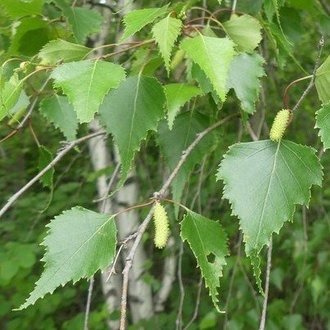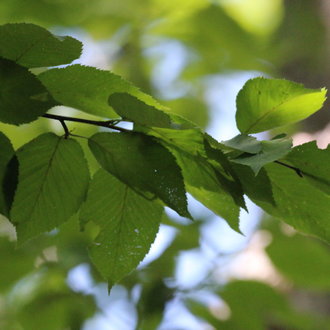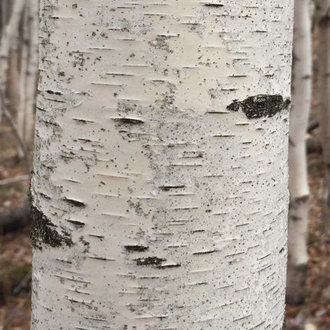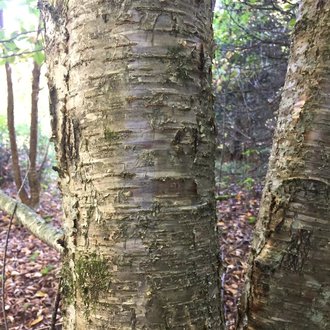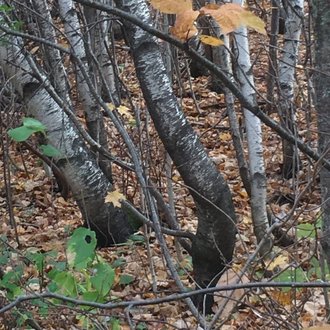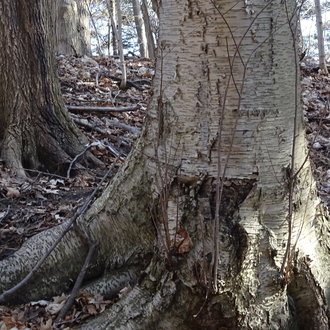Gray Birch vs Yellow Birch
This guide is under construction and has not been published yet. It may have errors. When in doubt, double-check other sources for definitive ID.Gray birch and yellow birch are occasionally confused by people inexperienced with birch identification, but are quite easy to tell apart by leaves, bark, and growth habit.
Gray Birch (Betula populifolia) | Yellow Birch (Betula alleghaniensis) |
A fast-growing, short-lived tree native to northeastern North America; mostly a pioneer species. | A large birch native to northeastern North America, named for the often-yellowish color of its bark. |
Doubly-serrate, triangular leaves, wide at the base, with a long point at the tip. Photo © Christian Grenier, Public Domain. | Oval-shaped leaves, with a rounded or slightly heart-shaped base. Leaf tip pointed, but point is shorter. Photo © Rob Foster, CC BY 4.0. |
Pale bark, often dirty white to pale gray. Does not peel. Photo © Patrick Leary, CC BY 4.0. | Gray to yellowish bark, somewhat shiny, giving a metallic golden appearance. Peels in fine horizontal strips. Photo © Ken Kneidel, Public Domain. |
Small to medium-sized tree, often growing in clusters, trunks often leaning. Found in early-successional habitats and absent from mature forests. Photo © Charlie Hohn, CC BY 4.0. | Large canopy tree found in mature forests. Trunk can reach up to 2 feet in diameter. Usually grows singly, with a straight trunk. Photo © Reuven Martin, Public Domain. |
References & External Resources
These short lists show only links helpful for ID. For a complete list of references and resources also covering other aspects of ecology, visit the links section of the full article on each plant, which is the first entry here.



